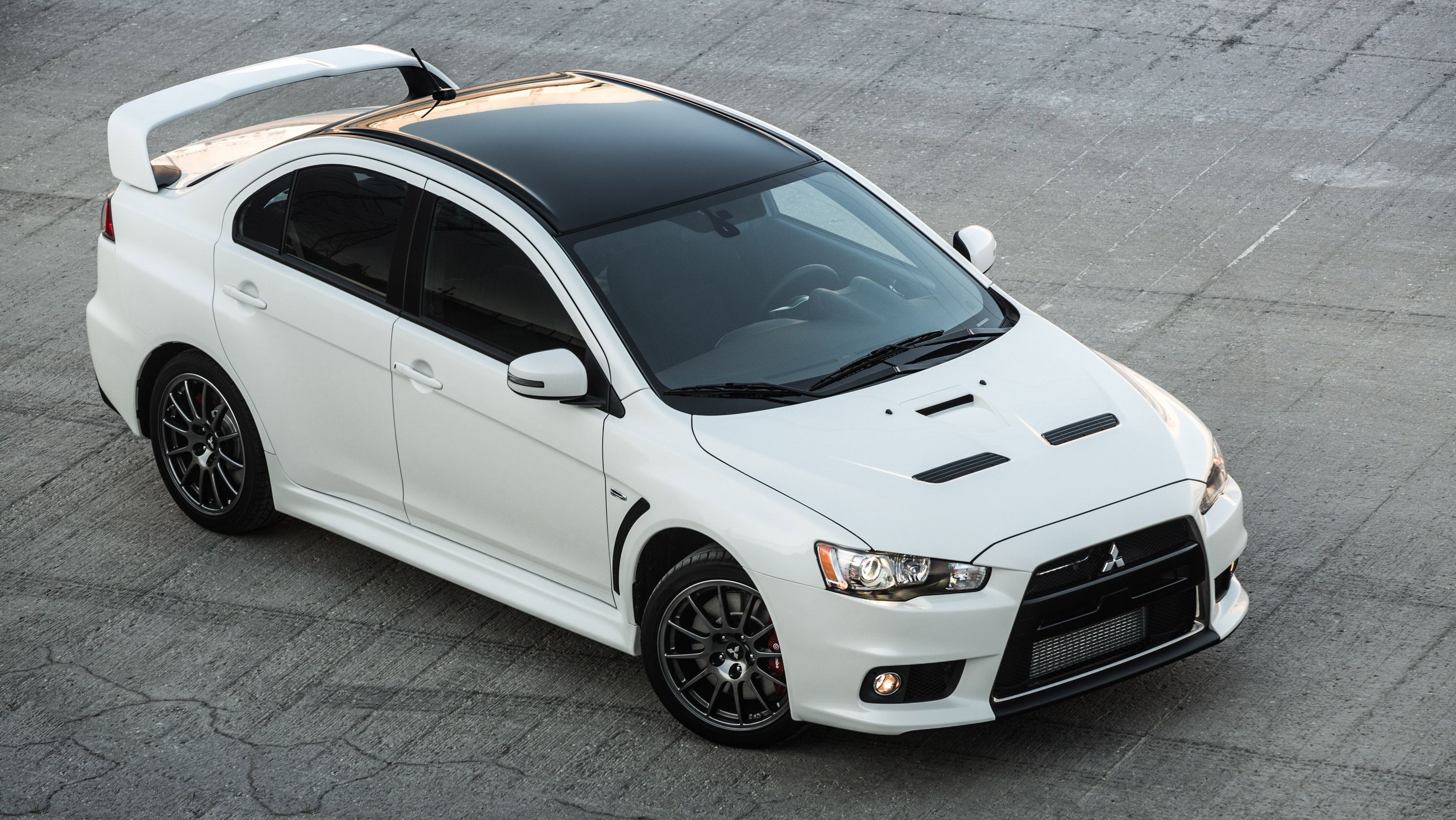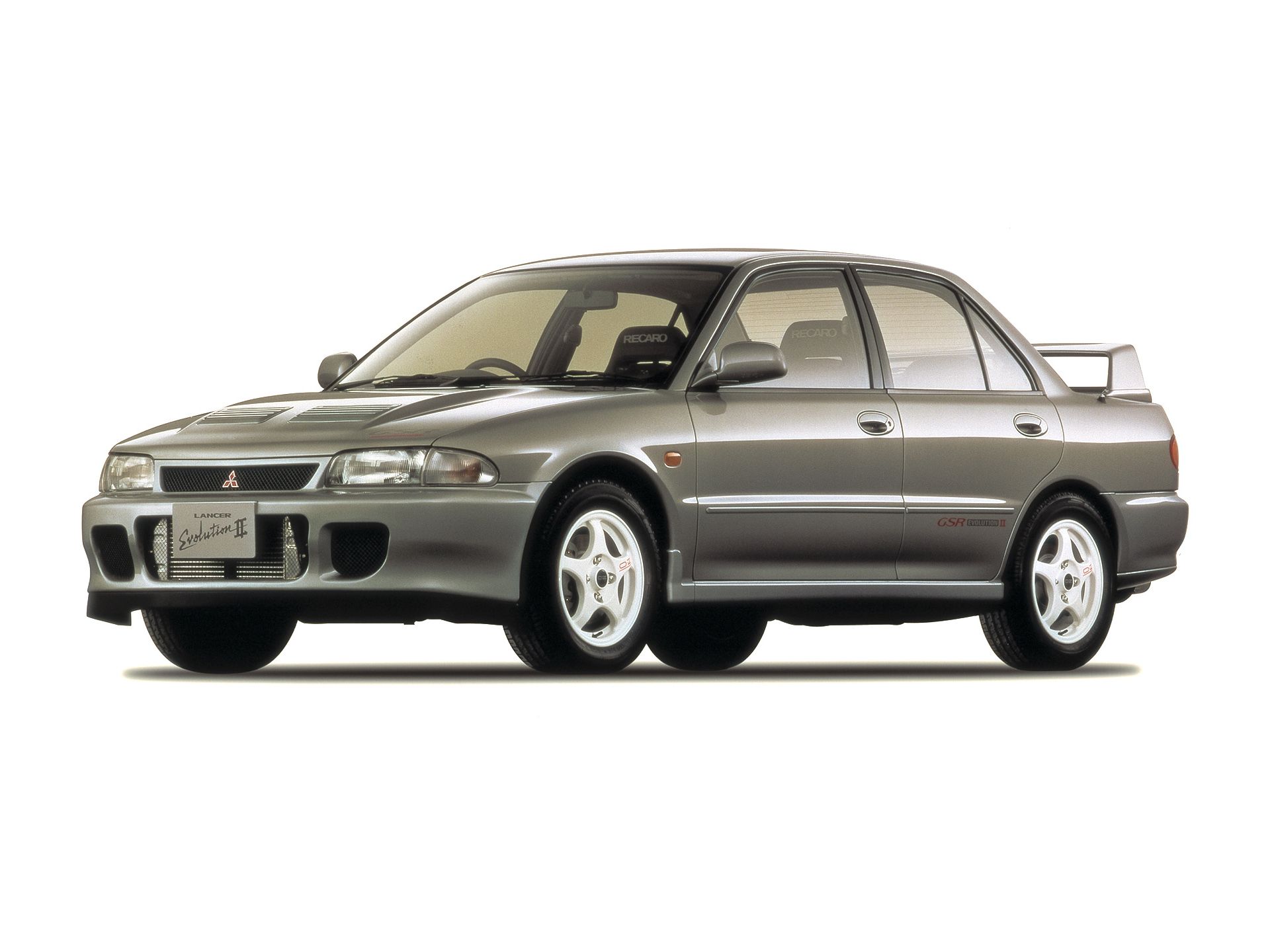The Mitsubishi Lancer Evo->ke1122 hit the Japanese market back in 1993, but didn’t make it to the U.S. until 2003. In its lifetime, it saw various updates to the drivetrain, chassis, and suspension across a total of 10 generations. Now we prepare to say goodbye to the EVO, but before we do, we’ve been blessed with the EVO X Final Edition.
Since 2011, the rumor mill has been saying that the EVO would eventually be discontinued, and it has finally been confirmed by Mitsubishi.->ke58 Going forward, the EVO performance brand won't be used on any saloon->ke142 models.
Mitsubishi has yet to confirm what will come next from the EVO performance division, but it has said that it is interested in using electric->ke1030 and plug-in hybrid->ke4486 technologies for its future high-performance cars. Some sources have said that the EVO badge may first appear on a performance version of the Mitsubishi ASX->ke3613 that could debut next year, but only time will tell. Join us in remembering the Lancer EVO by reading a brief summary of its history after the jump.
Continue reading for the full story.
Why it matters
I love the Evo X Final Edition, but it makes me sad to know that there will never be another EVO as we know it. I understand that the EVO has seen declining sales in the last few years, but it wasn’t a car that fit just anybody. It takes a love for rally cars to really see what made the EVO so special, but I think it's a car every car enthusiast should drive at least once. If you haven’t had a chance to drive one yet, I suggest you hurry and take one for a test drive – it just might be your last chance. The EVO – regardless of model year – is a car you hang on to, so I doubt you’ll see too many used ones for sale in the future.
Mitsubishi Lancer EVO History
The Mitsubishi Lancer Evo was initially released as a performance sedan in 1993 that wouldn’t be seen outside of the Japanese market. It started off with a 2.0-liter, turbocharged, four-cylinder engine and a five-speed manual transmission with all-wheel drive. It produced 244 horsepower and 228 pound-feet of torque. Mitsubishi treated the EVO like it’s first born, and gave it constant attention, updating it five times by 1998 when the fifth-generation EVO made its debut in the European market.
By this time, the EVO had seen various upgrades to its chassis, drivetrain, and engine. It produced 276 horsepower and 275 pound-feet of torque – a significant improvement over the previous generations. The sixth-generation EVO came in 1999 and received updates that focused mainly on engine cooling and durability. That same year was also when the Tommy Makinen edition was released, in commemoration of the four WRC championships he had won in previous seasons. The RS version of the sixth-generation EVO put out 330 HP.
The seventh-generation EVO came about in 2001, but this time Mitsubishi had to follow WRC rules for building the car. Because of this, it was based on the larger, Cedia platform. Mitsubishi made up for the heavier platform by tweaking the chassis and upgrading the front, rear, and center differentials. Official numbers put the EVO at 276 horsepower and 284 pound-feet of torque. In 2003, the EVO finally crossed into U.S. territory when the eighth generation was released. It was a one-off model in the U.S. at first, but due to overwhelming popularity, Mitsubishi offered four different trims by 2005. U.S. models were limited to 276 horsepower, but U.K. special-edition models saw anywhere between 305 and 405 horsepower depending on which variant you look at. Top Gear proved that the high-end FQ400 model was able to keep up with a Lamborghini Murcielago on the track.
The EVO has since seen two more generations with various upgrades to the chassis, suspension and body. The engine was upgraded in 2007 with the release of the Lancer Evo X, but it was still a 2.0-liter, turbocharged engine. We didn’t see the X until 2008 here in the U.S., and even then we only had two variants – the MR and the GSR, which came with a six-speed Sportronic transmission or a five-speed manual, respectively.
Mitsubishi Lancer Evolution X Final Edition
Read our full review in here.


